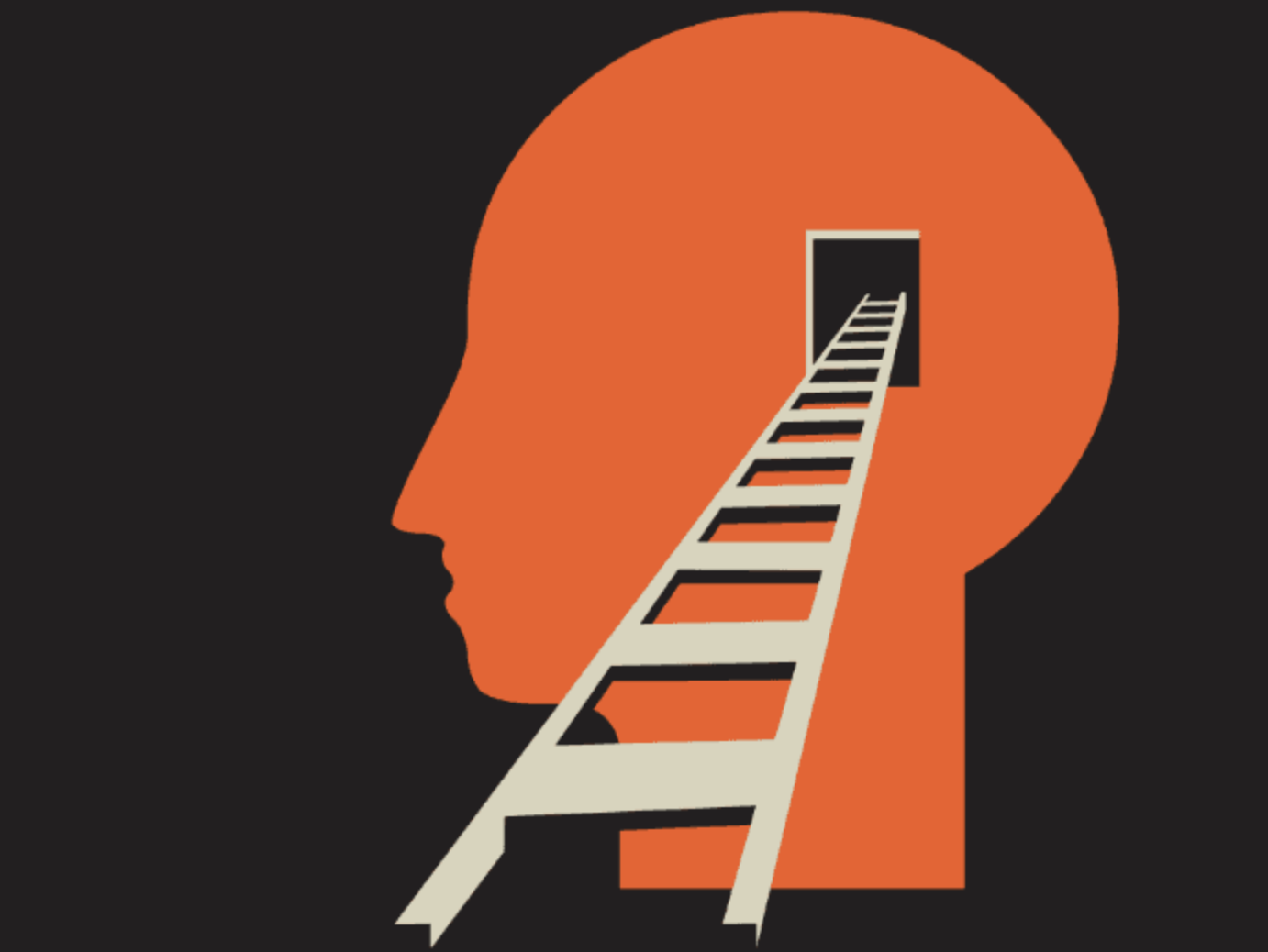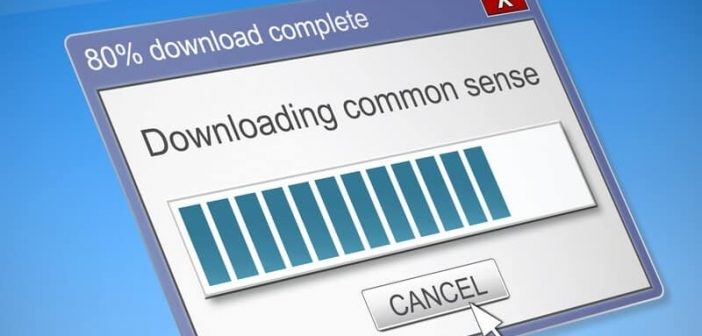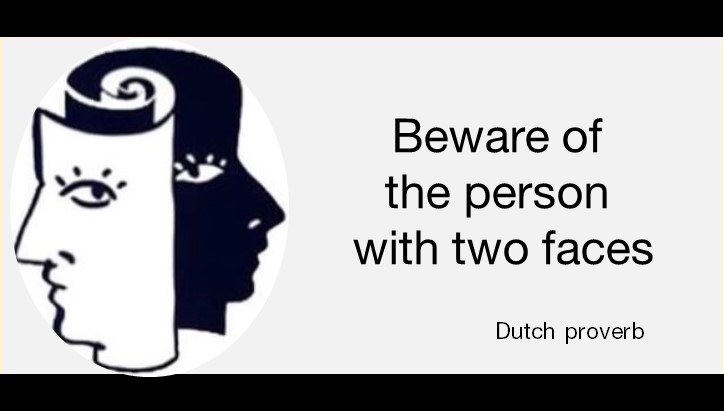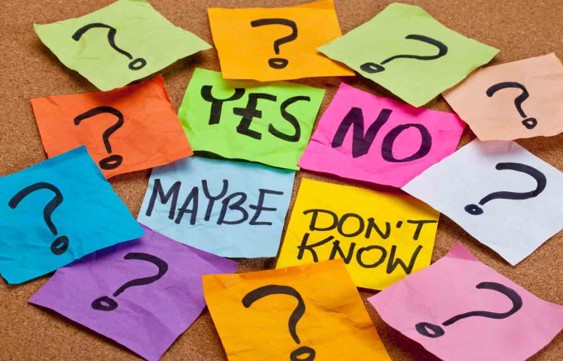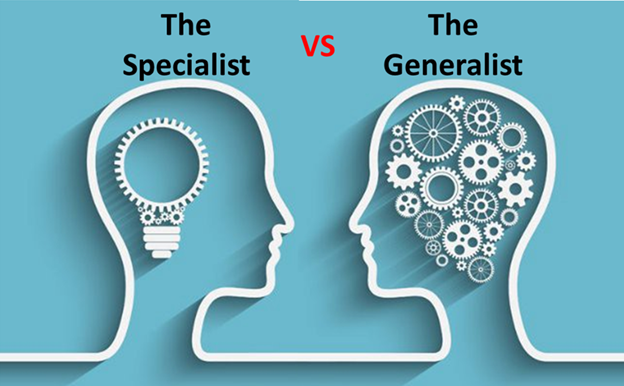
DON’T CONFUSE NEW WITH OLD
Thomas Edison was a true innovator. During his lifetime, he amassed a record 1,093 patents and remains the most prolific inventor in American history. Edison was the driving force behind new technology with innovations such as the phonograph, the automatic telegraph, the electric generator, the movie camera, and, of course, the incandescent light bulb.
Like his good friend Henry Ford, Edison had an uncanny knack for recognising a consumer need and then creating a product to satisfy that need. This customer focus gave birth to the light globe which obviously was not invented by continuously improving the candle. Rather, Edison stood back, assessed the human need, and then invented something completely new.
For something to be classified as an innovation, I believe that it must be brand new. To state the blindingly obvious, this means that it must not have previously existed. Continuous improvement, on the other hand, deals with things that currently exist and strives to make them better. You can forever refine (improve) a candle; however, it will never become a light-bulb. Innovation is not the same as improvement.
To my surprise, this difference is often lost on the media and business leaders. Companies typically trumpet a product or service as a new innovation when, in fact, it’s simply an improvement on an existing product or service. To be clear, continuous improvement is vital to the success of an organisation and is to be encouraged. Nonetheless, it should not be labelled as innovation.
Confusion about innovation and improvement extends to the academic world. Some years ago, a (then) colleague was completing his Doctor of Business Administration degree. After reading his thesis on innovation, I confidently told him that he would be awarded a doctorate for his scholarly inquiry. Nonetheless, I also informed my colleague that I fundamentally disagreed with his definition of innovation as it equated to continuous improvement.
During our ensuring (and friendly) debate, he asserted that a manufacturer of blue pens could claim to be innovative if it decided to also produce red pens. I rebutted by pointing out that if the only thing that changed was the colour of the ink, producing a red pen could not possibly be classified as breakthrough innovation.
I then went one step further and explained that introducing a red pen was an example of product line extension, not innovation. Product line extension refers to the expansion of an existing product line such as a soft drink manufacturer introducing a diet variety to its cola line, or a toy manufacturer introducing new characters in its line of action figures.
Businesses are always being admonished to innovate or perish. While I accept that innovation is an essential ingredient for business success, most innovation cannot be classified as ground-breaking discovery. Rather, it is the product of incremental change. McDonalds did not invent take away food but perfected the process for delivering fast food through franchisees.
Similarly, the car that I drive today is loaded with far more bells and whistles than the first car I owned over 40 years ago, yet they are fundamentally the same. Both have four doors, four wheels, a dashboard, and an engine. Only Henry Ford (Edison’s kindred spirit) can lay claim to inventing the first massed produced car. Today’s cars are not brand-new inventions but the result of continuous, small-step improvements.
Even in the industry in which I worked for over four decades – financial services – I cannot think of any radical, game-changing products over recent years. Most innovation in banking stems from process improvement and not breakthrough products. Innovation in financial services lies more in process and organisational change than in new product development.
Case in point, 40-years ago it took over a week for a bank to approve a home loan as the approval process was centralised in head office. Over time, banks decentralised decision-making and empowered area offices to approve loans and this cut the approval time to about two days. Today, thanks to even more streamlined approval processes, some credit providers approve loans within two hours.
Experience has taught me that for an innovation to be truly successful, it must solve some human problem or need. Yet many technological solutions are developed for problems which do not exist. That’s why I believe we need to reframe the way we think about innovation. In essence, innovation is about problem solving. Smart innovators don’t look for a clever idea but for a pragmatic problem.
The best ideas come in response to making people’s lives easier and better – an approach that served Edison well. Still, many organisations make the mistake of developing products and services without reference to customers. This results in organisations supplying products for which there is no demand. Google Glass is an example of this – it was a solution in search of a problem.
When it comes to digital technologies, the modus operandi must be people first and technology second. The primacy of the customer in the digital age is paramount. Technology for technology’s sake is a recipe for disaster. Prioritizing innovation above solutions is rarely effective, yet it happens with regular monotony. Successful innovation is not in the technology itself but in the actual use of the technology.
Technology must help people solve the challenges they face. To illustrate, over recent years there has been an explosion of “FinTech” companies – a ubiquitous term for technology applied to conducting financial services activities. As crazy as this sounds, FinTech is not about technology. Rather, it’s about finding new ways to solve old problems. The successful FinTech companies are giving customers greater control over how they spend, move, and manage their money.
Every business leader knows that innovation is important. Even so, there is a lack of agreement on what actually constitutes innovation as there is no universally accepted definition. Until we have common standards covering innovation, anyone will be able to claim that almost any development is innovative.
The well of human ingenuity may be bottomless, but it produces few genuine Eureka moments.
Regards
Paul J. Thomas
Chief Executive Officer
Ductus Consulting



